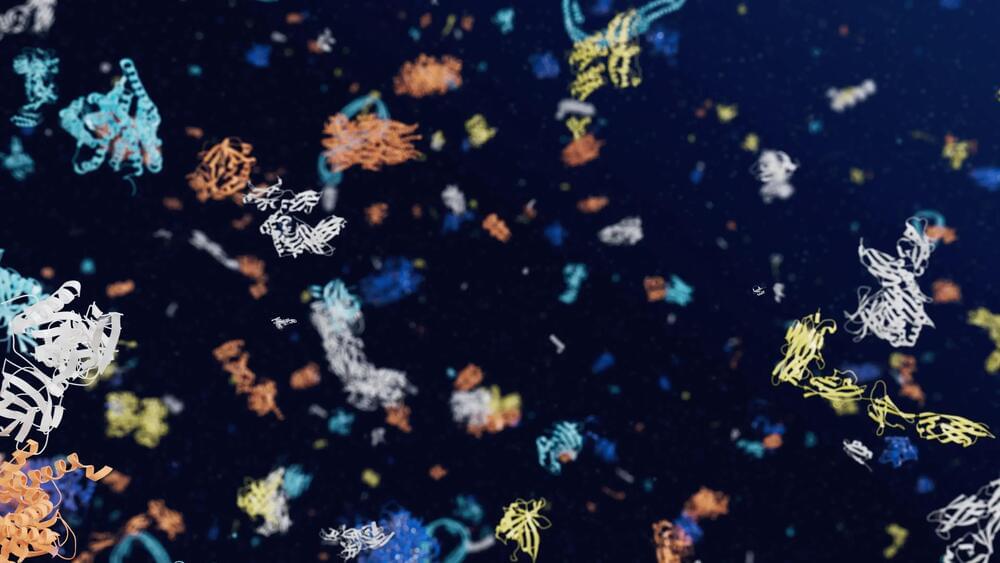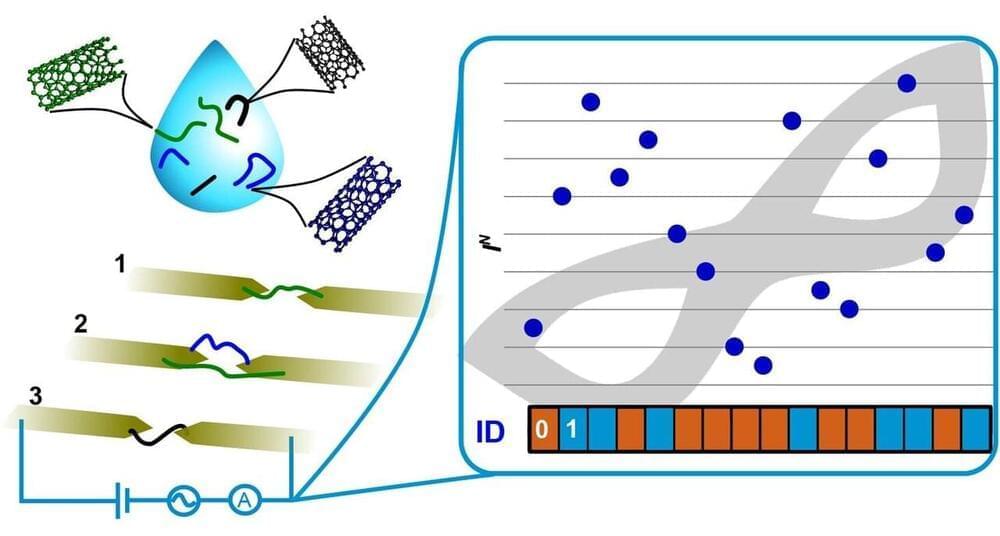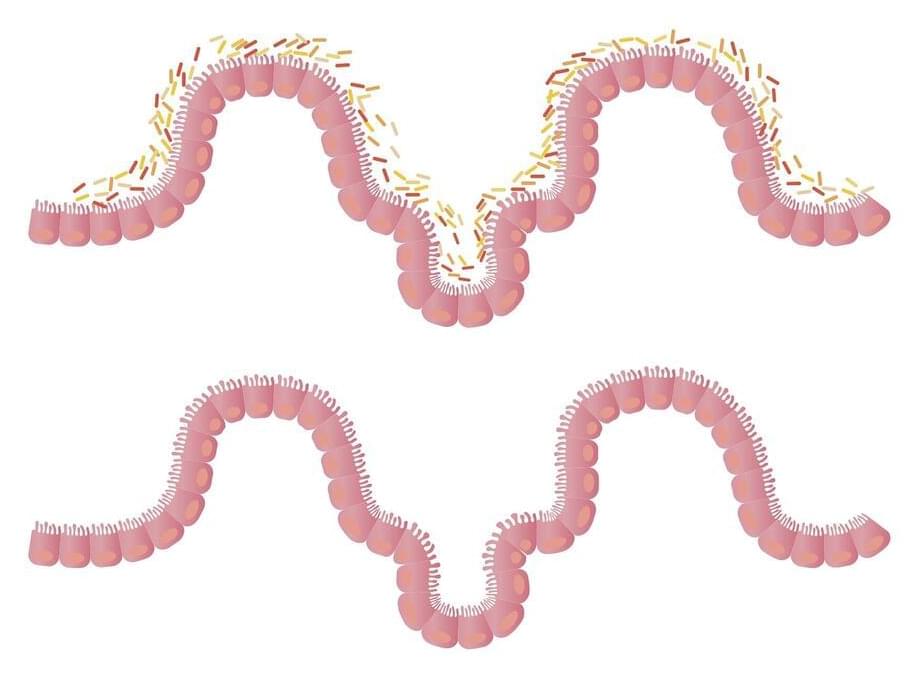KELT-9b is an ultra-hot Jupiter planet that orbits an A type star named KELT-9 about 650 light years away. The reason for this insane heat is the intimate proximity the gas giant has to its host star, which is itself among some of the hottest stars we know, reaching temperatures of roughly 9900ºC (17,852ºF).
Page 4900
Jul 30, 2022
Elon Musk’s Smart Cities Will Change the World!
Posted by Kelvin Dafiaghor in categories: Elon Musk, space travel, sustainability
We all know that Elon Musk is a genius when it comes to technology. He’s the mastermind behind Tesla, SpaceX, and now he’s working on developing futuristic smart cities.
Jul 30, 2022
Scientists harness chaos to protect devices from hackers
Posted by Dan Breeden in category: electronics
Researchers have found a way to use chaos to help develop digital fingerprints for electronic devices that may be unique enough to foil even the most sophisticated hackers.
Just how unique are these fingerprints? The researchers believe it would take longer than the lifetime of the universe to test for every possible combination available.
“In our system, chaos is very, very good,” said Daniel Gauthier, senior author of the study and professor of physics at The Ohio State University.
Jul 30, 2022
A self-healing and self-concealing silicon chip ‘fingerprint’ for stronger, hardware security
Posted by Dan Breeden in categories: computing, engineering, security
A team of researchers from the National University of Singapore (NUS) has developed a novel technique that allows Physically Unclonable Functions (PUFs) to produce more secure, unique ‘fingerprint’ outputs at a very low cost. This achievement enhances the level of hardware security even in low-end systems on chips.
Traditionally, PUFs are embedded in several commercial chips to uniquely distinguish one silicon chip from another by generating a secret key, similar to an individual fingerprint. Such a technology prevents hardware piracy, chip counterfeiting and physical attacks.
The research team from the Department of Electrical and Computer Engineering at the NUS Faculty of Engineering has taken silicon chip fingerprinting to the next level with two significant improvements: firstly, making PUFs self-healing; and secondly, enabling them to self-conceal.
Jul 30, 2022
Fighting counterfeit with carbon nanotubes
Posted by Dan Breeden in categories: cybercrime/malcode, encryption, internet, nanotechnology, quantum physics
The ubiquity of electronic devices makes it essential to use encryption and anti-counterfeiting tools to protect the privacy and security of users. With the growing expansion of the Internet of Things, protection against attacks that violate the authenticity of products is increasingly necessary. Traditionally, message protection has been based on different systems: passwords, digital signatures or encryption. This cryptography is based on unknown keys to a possible attacker, but unfortunately these systems are becoming obsolete as new more invasive attacks appear: malware, API attacks or physical hardware attacks.
While quantum computing slowly progresses towards the cryptographic paradigm, the so-called physically unclonable functions (PUFs) are presented as the choice to ensure unique and effective identification. A PUF is a device that has unique and non-repeatable physical properties that can be translated into usable bits of information. The idea of applying random physical characteristics to identify systems or people is not new: for example, the identification of individuals using the fingerprint dates from the 19th century. More recently, the identity of electronic devices has been established using PUFs, which are “electronic fingerprints” of an integrated circuit.
Authentication based on PUFs comprises a chip manufactured by intrinsically random processes that make cloning almost impossible, even though all the details of the manufacturing process are known. The measurements of the various physical properties of the PUF depend on the properties of the chip at the nanoscale, thus constitute a very powerful anti-fraud and anti-counterfeiting technology. To be implementable at an industrial level, this chip must be low cost, scalable and its properties must be easily measurable by means of an identifiable function.
Jul 30, 2022
AlphaFold reveals the structure of the protein universe
Posted by Shubham Ghosh Roy in categories: alien life, robotics/AI

To read about all our work on solving protein folding, go to deepmind.com/AlphaFold or read a timeline of the breakthrough here.
It’s been one year since we released and open sourced AlphaFold, our AI system to predict the 3D structure of a protein just from its 1D amino acid sequence, and created the AlphaFold Protein Structure Database (AlphaFold DB) to freely share this scientific knowledge with the world. Proteins are the building blocks of life, they underpin every biological process in every living thing. And, because a protein’s shape is closely linked with its function, knowing a protein’s structure unlocks a greater understanding of what it does and how it works. We hoped this groundbreaking resource would help accelerate scientific research and discovery globally, and that other teams could learn from and build on the advances we made with AlphaFold to create further breakthroughs. That hope has become a reality far quicker than we had dared to dream. Just twelve months later, AlphaFold has been accessed by more than half a million researchers and used to accelerate progress on important real-world problems ranging from plastic pollution to antibiotic resistance.
Continue reading “AlphaFold reveals the structure of the protein universe” »
Jul 30, 2022
Planet that orbits an A type star named KELT-9 about 650 light years away
Posted by Alberto Lao in category: space
The reason for this insane heat is the intimate proximity the gas giant has to its host star, which is itself among some of the hottest stars we know, reaching temperatures of roughly 9900ºC (17,852ºF).
Jul 30, 2022
New evidence hints at the role of gut microbiota in autistic spectrum disorder
Posted by Saúl Morales Rodriguéz in categories: biotech/medical, neuroscience
Autism spectrum disorder (ASD) is a neurological and developmental condition that affects how humans communicate, learn new things and behave. Symptoms of ASD can include difficulties in interacting with others and adapting to changes in routine, repetitive behaviors, irritability and restricted or fixated interests for specific things.
While symptoms of autism can emerge at any age, the first signs generally start to show within the first two years of a child’s life. People with ASD can encounter numerous challenges, which can be addressed through support services, talk therapy and sometimes medication.
To this day, neuroscientists and medical researchers have not identified the primary causes of ASD. Nonetheless, past findings suggest that it could be caused by the interaction of specific genes with environmental factors.
Jul 30, 2022
Army pursues shared software among uncrewed vehicles
Posted by Saúl Morales Rodriguéz in categories: robotics/AI, transportation
Jul 30, 2022
Mission Possible: Securing remote access for classified networks
Posted by Saúl Morales Rodriguéz in categories: government, security
The two are worlds apart – and that’s a big problem when it comes to recruitment and retainment. On one side is the need to protect American citizens and data from cyber attackers looking to disrupt our way of life by keeping networks and access locked away in a building. On the other side is the best and brightest talent that will bring innovative solutions to our nation’s defense and security organizations who expect flexible remote access – and can easily find it in the private sector.
To maintain our status as a global world power and stay one step ahead of our adversaries, we are going to have to find a balance between the two. To do that, the way we work across the DoD and IC must change.
The Federal government understands the significance of remote access on meeting mission objectives now and in the future. Agency leaders are looking to the private sector for technology that helps them maintain the highest security levels while meeting the ease-of-access demands of today’s worker – and can be implemented quickly. To support this, the National Security Agency developed the Commercial Solutions for Classified (CSfC) program.















